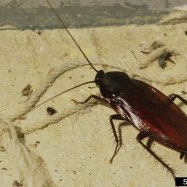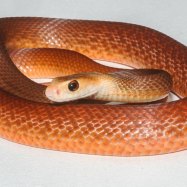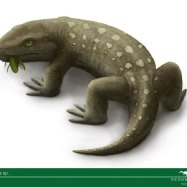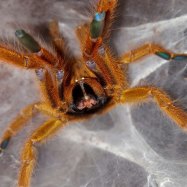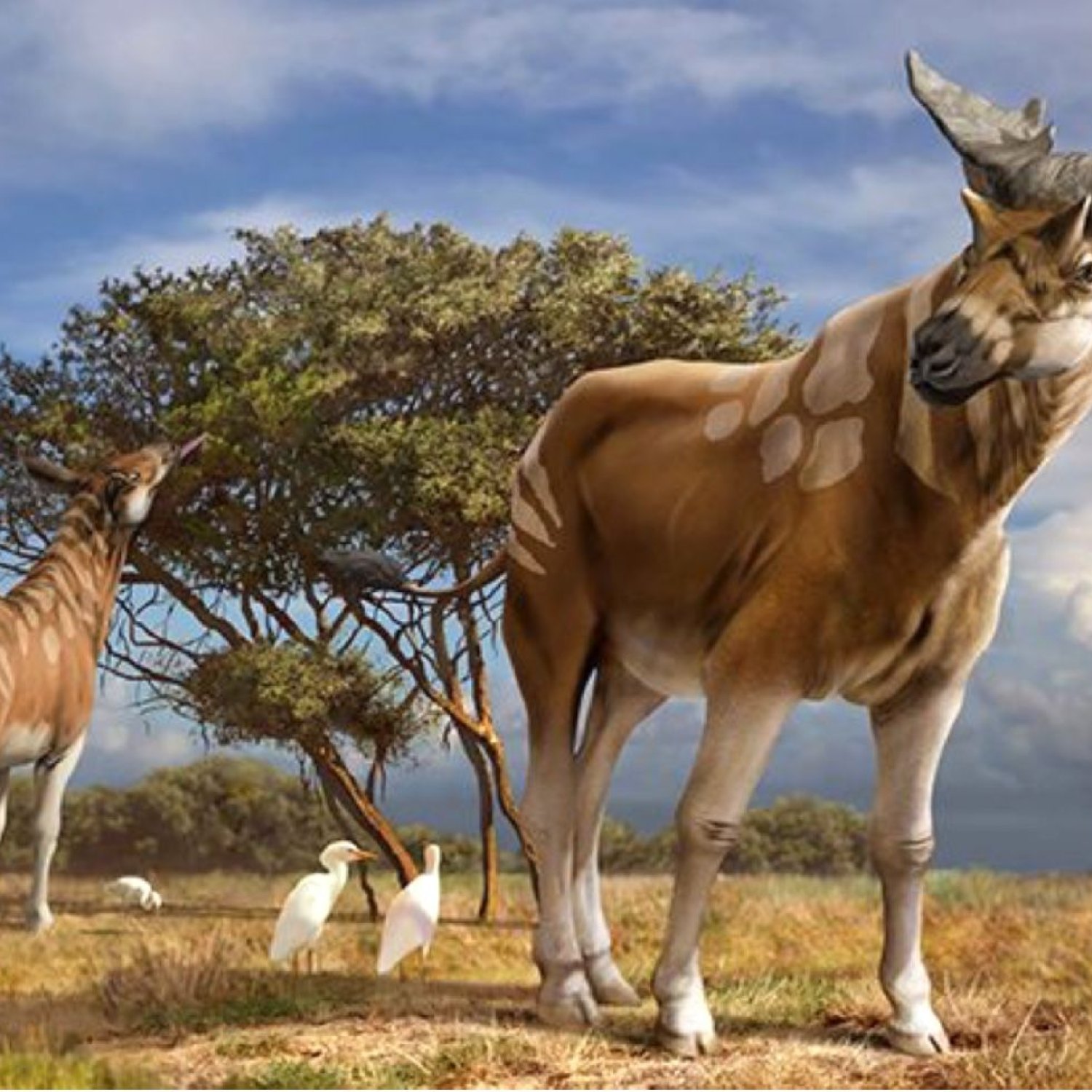
Sivatherium
3-4 meters
Sivatherium, a large and stocky animal that roamed the earth millions of years ago, is a distant relative of modern-day giraffes. With a length of 3-4 meters, its fossil remains have been discovered in countries like India, Pakistan, and Egypt. This fascinating creature belongs to the family Giraffidae and is a testament to the diverse range of life that has inhabited our world throughout history. Learn more about the Sivatherium and its remarkable place in the animal kingdom. #Sivatherium #ancientanimals #Giraffidae #prehistoriclife #fossils
Animal Details Summary:
Common Name: Sivatherium
Kingdom: Animalia
Habitat: Open woodlands
Sivatherium: The Long-Lost Giant of the Open Woodlands
In the world of extinct animals, there are many fascinating creatures that capture our imagination. From the mighty T-Rex to the gentle Woolly Mammoth, these prehistoric giants have been studied and admired by scientists and enthusiasts alike. However, there is one animal that often goes unnoticed in the shadow of these more famous creatures – the Sivatherium.Often referred to as the "giraffe-sheep," the Sivatherium was a unique and majestic animal that roamed the open woodlands of Northern Africa and India millions of years ago Sivatherium. Despite its interesting appearance and large size, the Sivatherium has been relatively understudied and is not as well-known as some of its ancient counterparts. So, let's delve deeper into the world of the Sivatherium and discover what made this giant so special.
The Scientific Name and Origin of the Sivatherium
The scientific name for the Sivatherium is, unsurprisingly, Sivatherium. Translated from Latin, it means "beast of Siva," and it is a combination of the words 'siva' which is a Hindu god, and 'therion' which means 'wild animal.' This unique name reflects both the physical and cultural presence of the Sivatherium in ancient India.The Sivatherium's country of origin is India, where the first fossils of this animal were discovered by British paleontologist Hugh Falconer in the mid-19th century. However, fossils of the Sivatherium have also been found in several other countries, including Pakistan and Egypt. These fossils have helped scientists piece together the story of this long-lost giant and understand its place in the animal kingdom.
The Taxonomic Classification of the Sivatherium
Like all living creatures, the Sivatherium has a taxonomic classification that helps us understand its place in the animal kingdom Sunset Ball Python. The first level of this classification is the kingdom, which in the case of the Sivatherium is Animalia. This means it is an animal, and not a plant or fungus.The next level is phylum, and the Sivatherium belongs to the Chordata phylum. This means it has a spinal cord and is a vertebrate, distinguishing it from invertebrates like insects and mollusks. The Sivatherium then falls under the class Mammalia, which means it is a warm-blooded animal with hair or fur and produces milk for its young.
Moving down the classification, the Sivatherium belongs to the order Artiodactyla, which includes even-toed and hoofed animals such as pigs, deer, and giraffes. From there, it falls under the family Giraffidae, which includes modern-day giraffes and their extinct relatives. This classification shows that although the Sivatherium was unique and larger than most of its relatives, it still had many similarities to other animals.
Appearance and Body Features
The most striking feature of the Sivatherium was its sheer size. It was a large and stocky animal, standing at 2.5 meters tall and weighing anywhere between 700 to 1500 kilograms. To put this into perspective, a fully grown male giraffe averages around 4.3 meters in height and weighs around 1200 kilograms. This makes the Sivatherium one of the largest members of the giraffe family, and it is believed to be the largest ruminant (hoofed-mammal) that ever lived.The body shape of the Sivatherium was also unique, as it was more muscular and stockier than its giraffe relatives. Its body was built for strength and power, rather than agility and speed. The Sivatherium had four thick and sturdy legs that supported its large body, making it a formidable presence in its environment. Its head was also larger and more robust than that of a giraffe, with a shorter neck that allowed it to browse for food at lower levels.
One of the most interesting features of the Sivatherium was its two pairs of horns, which gave it the nickname "giraffe-sheep." The front pair of horns were made of bone and were similar to those seen on modern-day giraffes. However, the back pair of horns were made of cartilage and were closer to antlers in their appearance. These back horns were covered in fur, giving the Sivatherium a unique and striking appearance.
The Mystery of the Unknown Coloration
Despite its distinctive horns and large size, the coloration of the Sivatherium remains a mystery. Unlike other extinct animals such as the Woolly Mammoth or the Saber-toothed Tiger, there is no evidence or speculation about the color of the Sivatherium's coat or skin. This is due to the fact that all fossils found of the Sivatherium have been incomplete and lacking in pigmented structures such as hair or feathers.This lack of information has only added to the intrigue and mystery surrounding this fascinating animal. We can only speculate about its coloration, but one thing is for sure – the Sivatherium would have been a sight to behold in its natural habitat.
Habitat and Geographical Distribution
The Sivatherium was a creature of the open woodlands and lived in a variety of environments, from savannas to forests. It is believed that the Sivatherium was well-adapted to a life on the forest floor, as opposed to living in the trees like modern-day giraffes. Its short neck and sturdy body allowed it to navigate through dense foliage and browse for food in lower areas of the forest.The Sivatherium was predominantly found in Northern Africa and India, with fossils of this animal discovered in countries such as India, Pakistan, and Egypt. The wide geographical distribution of this animal showcases its adaptability and ability to thrive in a range of ecosystems.
Feeding Method
As with most members of the giraffe family, the Sivatherium was a herbivore, meaning it fed on plants and vegetation. Its bulky body and large size required a significant amount of food, so the Sivatherium was likely a grazing animal, consuming large amounts of low-lying plants. Its powerful jaws and sharp teeth were perfect for crushing and grinding tough vegetation, allowing it to extract nutrients and survive in its environment.The Sivatherium's diet also influenced its feeding method. Unlike modern-day giraffes, which use their long necks and tongues to reach leaves high up in trees, the Sivatherium most likely relied on its strong legs and powerful neck muscles to bend down and reach food near the ground. This physical adaptation is evidence of the Sivatherium's evolution and how it differed from its modern relatives.
The Extinction and Eventual Discovery of the Sivatherium
Despite its impressive size and physical abilities, the Sivatherium eventually faced extinction like many other prehistoric animals. The exact cause of this extinction is still unknown, but it is believed to have been a result of climate change, competition from other animals, and perhaps even hunting by humans.For many years, the Sivatherium remained a mystery, with only a few incomplete fossils found in various regions. However, in the 19th century, several more complete skeletons were discovered in India and Pakistan, shedding more light on this ancient creature. These findings also helped scientists understand the Sivatherium's relationship with other members of the giraffe family and its place in the animal kingdom.
In Conclusion
The Sivatherium may not be as well-known as some of its prehistoric peers, but it was a remarkable and fascinating animal. Its unique appearance, size, and adaptations make it stand out in the animal kingdom, and its story is one that continues to captivate scientists and enthusiasts alike. Although it may no longer roam the open woodlands of Northern Africa and India, the Sivatherium remains a testament to the wonders of evolution and the diversity of life on our planet.

Sivatherium
Animal Details Sivatherium - Scientific Name: Sivatherium
- Category: Animals S
- Scientific Name: Sivatherium
- Common Name: Sivatherium
- Kingdom: Animalia
- Phylum: Chordata
- Class: Mammalia
- Order: Artiodactyla
- Family: Giraffidae
- Habitat: Open woodlands
- Feeding Method: Herbivorous
- Geographical Distribution: Northern Africa to India
- Country of Origin: India
- Location: Fossil remains found in several countries including India, Pakistan, and Egypt
- Animal Coloration: Unknown
- Body Shape: Large and stocky
- Length: 3-4 meters
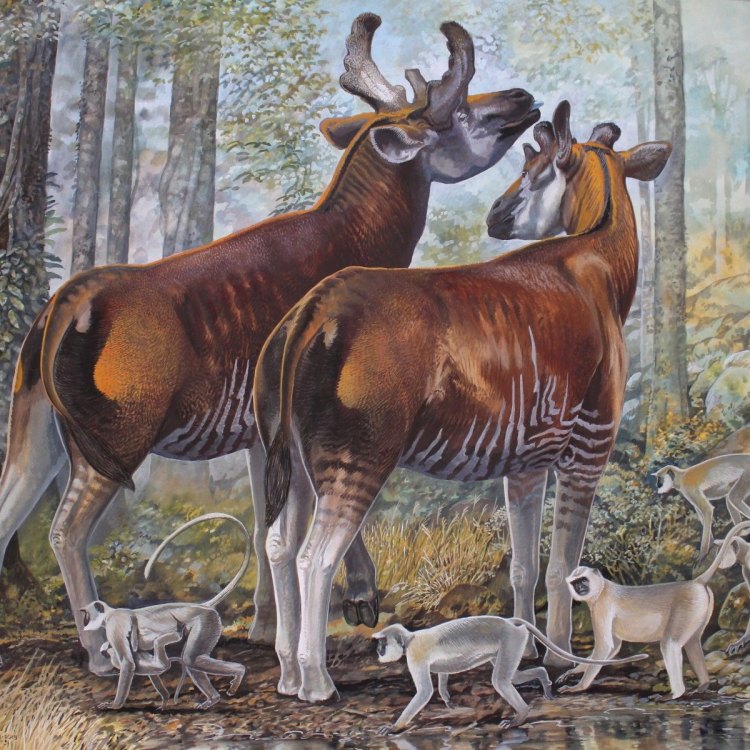
Sivatherium
- Adult Size: Similar in size to a modern-day giraffe
- Average Lifespan: Unknown
- Reproduction: Unknown
- Reproductive Behavior: Unknown
- Sound or Call: Unknown
- Migration Pattern: Unknown
- Social Groups: Unknown
- Behavior: Unknown
- Threats: Extinction due to environmental changes and overhunting
- Conservation Status: Extinct
- Impact on Ecosystem: Unknown
- Human Use: None
- Distinctive Features: Four horns, long neck, large size
- Interesting Facts: Sivatherium is an extinct genus of giraffid that lived during the Pliocene and Pleistocene epochs
- Predator: Unknown
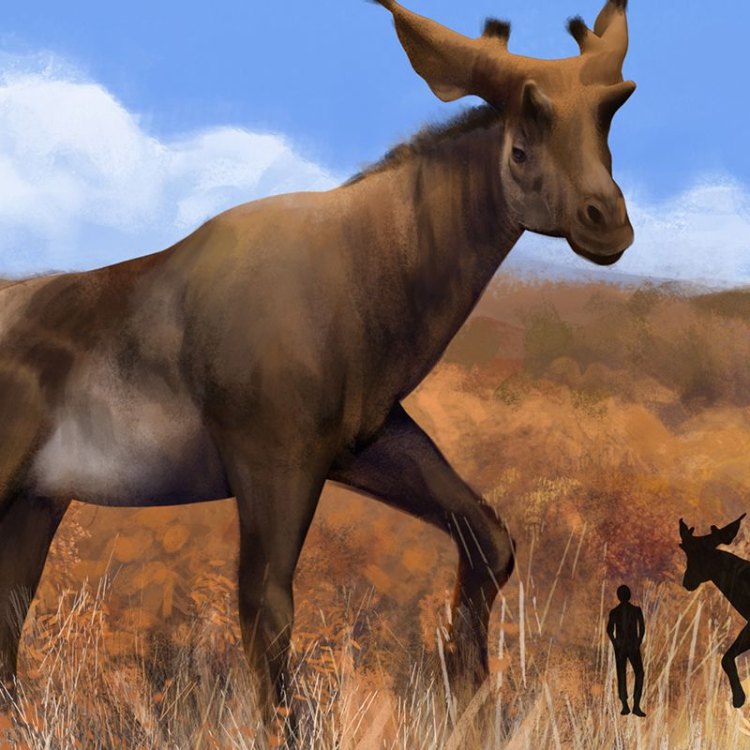
Sivatherium
The Mysterious Sivatherium: Exploring the World of an Extinct Giraffe-like Animal
The Earth is home to countless species of animals, both living and extinct. Some are well-known and heavily studied, while others remain a mystery, waiting to be discovered and understood by curious minds. One such animal is the Sivatherium.The Sivatherium was an extinct genus of giraffid that roamed the Earth during the Pliocene and Pleistocene epochs, approximately 5 million to 12,000 years ago PeaceOfAnimals.Com. With its towering size and unique features, this animal has captured the interest of researchers and animal lovers alike. In this article, we will dive into the world of the Sivatherium and explore its intriguing characteristics.
Adult Size: Similar to a Modern-day Giraffe
One of the most distinctive features of the Sivatherium was its size. According to the fossil records, this extinct animal was similar in size to a modern-day giraffe. With an average height of around 10 feet and a weight of up to 2,200 pounds, the Sivatherium was a giant in its time.
However, unlike the giraffe, which has a long neck and legs, the Sivatherium had a stockier build. This is because the Sivatherium's legs were shorter and sturdier, and its neck was not as long as that of a giraffe. This suggests that the Sivatherium had a different way of grasping leaves and other vegetation compared to its modern-day counterpart.
Average Lifespan: Unknown
Due to the limited information available on the Sivatherium, its average lifespan remains a mystery Scorpion. It is challenging to determine the lifespan of an extinct animal as there is no way to study their aging process or observe their behavior in their natural habitat.
However, scientists have estimated that the Sivatherium may have had a similar lifespan to modern-day giraffes, which live for up to 25 years in the wild.
Reproduction: Unknown
The reproductive behavior of the Sivatherium is another mystery. With no living specimens to observe, researchers have to rely on the fossil records to piece together their reproductive process.
From these records, it is believed that the Sivatherium, like other giraffe species, gave birth to a single calf at a time. The gestation period of the Sivatherium is estimated to have been around 15 months. However, the exact details of their mating and reproductive behavior are still unknown.
Reproductive Behavior: Unknown
The reproductive behavior and rituals of the Sivatherium are also a mystery. As a social animal, it is likely that they had some form of courtship ritual, like modern-day giraffes, to establish dominance and attract mates.
However, the specifics of their behavior are not known. It is also unknown if the Sivatherium had any specific social dynamics or hierarchies within their herds.
Sound or Call: Unknown
One of the most intriguing aspects of animal behavior is their communication methods. Many animals use various sounds or calls to communicate with one another, whether for mating, warning, or socializing.
However, there is no evidence of the Sivatherium's vocalizations, and their sound or call remains unknown. Without any living specimens to observe, researchers can only speculate on how this extinct animal may have communicated with each other.
Migration Pattern: Unknown
Animal migrations are a fascinating part of the natural world. Many animals, such as birds and mammals, migrate to different locations depending on the time of the year and availability of resources.
The Sivatherium's migration pattern is yet another mystery. It is unknown if they migrated and, if so, where and why. Some theories suggest that they may have followed the seasonal rain patterns to find food and water, but this remains speculation.
Social Groups: Unknown
The social dynamics of an animal can be a crucial aspect of their behavior, affecting their survival and reproduction. However, due to the limited data on the Sivatherium, their social groups and dynamics are still unknown.
It is believed that the Sivatherium lived in small herds consisting of a few individuals, mainly female and their young. However, there is no evidence to suggest if they had any specific social hierarchy within their groups.
Behavior: Unknown
The behavior of an animal is influenced by numerous factors, including their physical abilities, environment, and social interactions. However, with limited information on the Sivatherium, their behavior remains a mystery.
From the fossil records, it is apparent that the Sivatherium was a herbivorous animal, feeding on leaves, twigs, and shrubs. However, how they interacted with their environment, other animals, and their own species is yet to be fully understood.
Threats: Extinction due to Environmental Changes and Overhunting
The Sivatherium may have been a giant in its time, but it could not withstand the changing environment and the actions of humans. Climate change and human activities, such as overhunting, are believed to be the primary reasons for the extinction of this majestic animal.
With the Earth's climate becoming increasingly arid, the availability of food and water sources for the Sivatherium would have been drastically reduced. As a large animal, it would have required a significant amount of resources to survive, making it vulnerable to environmental changes.
Additionally, humans are also believed to have contributed to the Sivatherium's extinction. With the development of tools and weapons, humans were able to hunt and kill this animal for its meat, skin, and other resources. The combination of these factors led to the eventual extinction of the Sivatherium.
Conservation Status: Extinct
The Sivatherium is currently categorized as an extinct species on the IUCN Red List. With no living specimens, it is impossible to conduct conservation efforts for this animal. However, through the study of their remains and history, we can learn from the mistakes that led to their extinction and work towards preserving other vulnerable animal species.
Impact on Ecosystem: Unknown
As with any animal, the Sivatherium played a crucial role in its ecosystem. As a herbivorous animal, it would have contributed to plant dispersal and nutrient cycling. Its interactions with other animals would have also influenced the ecosystem's balance and dynamics.
With the extinction of the Sivatherium, there could have been a ripple effect throughout its ecosystem. However, the exact impact of their extinction on the ecosystem remains unknown.
Human Use: None
Unlike many other extinct animals, the Sivatherium does not have a significant impact on human history. Their remains have been discovered in various archaeological sites, but there is no evidence to suggest that humans used this animal for anything beyond resources.
Distinctive Features: Four Horns, Long Neck, Large Size
Despite being extinct for thousands of years, the Sivatherium's distinctive features continue to capture the imagination of many. This animal had four horns, with the front two being much longer and thicker than the back two.
The Sivatherium also had a notably long neck compared to its body size. This would have allowed it to reach and graze on vegetation that was out of reach for other animals. And of course, its size was also a standout feature, making it a unique and fascinating addition to the animal kingdom.
Interesting Facts: Sivatherium is an Extinct Genus of Giraffid that Lived During the Pliocene and Pleistocene Epochs
The Sivatherium may have been a mystery to us, but it is not unknown to science. This extinct animal has been well-studied and has provided researchers with valuable insights into the world's past.
From the fossil records, we know that the Sivatherium is an extinct genus of giraffid that lived during the Pliocene and Pleistocene epochs, approximately 5 million to 12,000 years ago. It is believed to have originated in Africa and spread to other parts of the world, including Europe and Asia.
Predator: Unknown
As with many other aspects of the Sivatherium's life, its predators remain unknown. Without living specimens, it is impossible to observe their interactions with other animals in their natural habitat.
However, as a large and powerful animal, it is unlikely that the Sivatherium had any natural predators. This may have contributed to its extinction, as humans were able to hunt and kill these animals without much resistance.
Conclusion
The Sivatherium's story is a fascinating one, full of mystery and questions waiting to be answered. Despite its extinction, this majestic animal continues to captivate our minds and reminds us of the fragile balance of life on Earth.
Through the study of the Sivatherium's remains and history, we can learn valuable lessons about our impact on the environment and the importance of preserving our planet's biodiversity. As we continue to uncover more information about this extinct animal, we can gain a deeper understanding of our planet's past and the diversity of life that once existed.
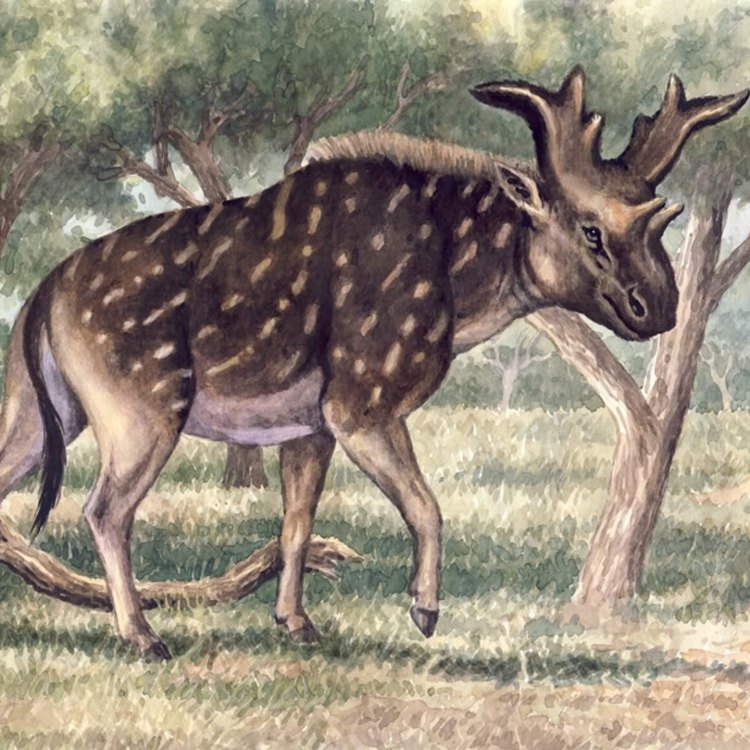
Sivatherium: The Long-Lost Giant of the Open Woodlands
Disclaimer: The content provided is for informational purposes only. We cannot guarantee the accuracy of the information on this page 100%. All information provided here may change without prior notice.


